Intro
Manage plantar warts with self-care tips, including foot care, pain relief, and natural remedies, to alleviate symptoms and promote healing, using treatments like salicylic acid and cryotherapy for effective wart removal.
Plantar warts are a common and often frustrating problem for many people. These small, rough growths on the bottom of the foot can be painful and unsightly, making everyday activities like walking or standing a chore. While plantar warts can be treated by a doctor, there are also many self-care tips that can help to manage and even eliminate them. In this article, we will explore the importance of self-care when it comes to plantar warts, and provide a comprehensive guide to helping you take control of your foot health.
Plantar warts are caused by the human papillomavirus (HPV), which enters the body through small cuts or cracks in the skin. They can be spread through contact with contaminated surfaces or through direct contact with an infected person. While plantar warts are generally not serious, they can be painful and can cause discomfort, especially if they are located on a weight-bearing area of the foot. By taking proactive steps to care for your feet and prevent the spread of the virus, you can help to reduce the risk of developing plantar warts and promote healthy, happy feet.
Preventing plantar warts is often easier than treating them, and there are many simple self-care tips that can help to reduce your risk. One of the most effective ways to prevent plantar warts is to practice good foot hygiene. This includes washing your feet regularly, especially after walking barefoot or using a public shower. You should also dry your feet thoroughly, paying special attention to the areas between your toes. By keeping your feet clean and dry, you can help to prevent the growth of bacteria and viruses that can cause plantar warts.
Understanding Plantar Warts
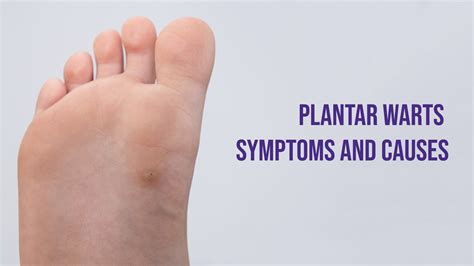
To effectively manage plantar warts, it's essential to understand what they are and how they develop. Plantar warts are small, rough growths that appear on the bottom of the foot, typically on the heel or ball of the foot. They can be painful, especially if they are located on a weight-bearing area, and can cause discomfort when walking or standing. Plantar warts are caused by the HPV virus, which enters the body through small cuts or cracks in the skin. They can be spread through contact with contaminated surfaces or through direct contact with an infected person.
Causes and Risk Factors
Plantar warts can affect anyone, but certain individuals are more at risk of developing them. These include people who walk barefoot in public areas, such as swimming pools or locker rooms, and those who share personal care items, such as towels or razors. People with weakened immune systems, such as those with diabetes or HIV, are also more susceptible to plantar warts. By understanding the causes and risk factors, you can take proactive steps to reduce your risk and promote healthy, happy feet.Self-Care Tips for Plantar Warts
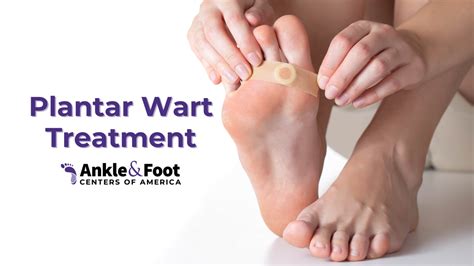
While plantar warts can be treated by a doctor, there are also many self-care tips that can help to manage and even eliminate them. One of the most effective self-care tips is to keep the wart covered with a bandage or duct tape. This can help to protect the wart from further irritation and prevent the spread of the virus. You can also try using over-the-counter treatments, such as salicylic acid or cryotherapy, to help remove the wart. It's essential to note that these treatments can take time and may need to be repeated several times before the wart is fully removed.
Home Remedies
There are also several home remedies that can help to manage plantar warts. These include applying tea tree oil or garlic to the affected area, which can help to reduce inflammation and promote healing. You can also try soaking your foot in warm water or using a pumice stone to gently remove dead skin cells. By trying these home remedies, you can help to reduce the discomfort and promote healthy, happy feet.Preventing the Spread of Plantar Warts
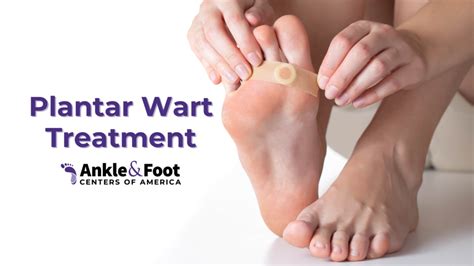
Preventing the spread of plantar warts is crucial to reducing the risk of infection. One of the most effective ways to prevent the spread of plantar warts is to practice good foot hygiene. This includes washing your feet regularly, especially after walking barefoot or using a public shower. You should also dry your feet thoroughly, paying special attention to the areas between your toes. By keeping your feet clean and dry, you can help to prevent the growth of bacteria and viruses that can cause plantar warts.
Protecting Others
It's also essential to take steps to protect others from the spread of plantar warts. This includes avoiding direct contact with an infected person and not sharing personal care items, such as towels or razors. You should also avoid walking barefoot in public areas, such as swimming pools or locker rooms, and wear shoes or sandals instead. By taking these simple precautions, you can help to reduce the risk of infection and promote healthy, happy feet.When to Seek Medical Attention
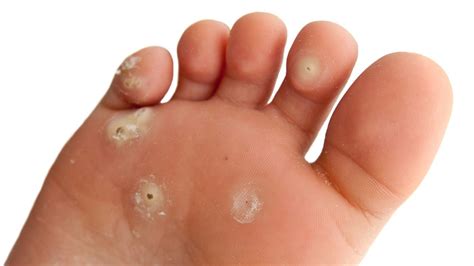
While self-care tips can help to manage and even eliminate plantar warts, there are times when it's essential to seek medical attention. If you experience persistent pain or discomfort, or if the wart is large or bleeding, you should seek medical attention. Your doctor can provide a proper diagnosis and recommend treatment options, such as cryotherapy or surgical removal. By seeking medical attention when necessary, you can help to ensure that your plantar wart is properly treated and promote healthy, happy feet.
Diagnosis and Treatment
A doctor can diagnose a plantar wart by visually examining the affected area and taking a biopsy if necessary. Treatment options may include cryotherapy, which involves freezing the wart with liquid nitrogen, or surgical removal. Your doctor may also prescribe medication to help manage pain and discomfort. By seeking medical attention when necessary, you can help to ensure that your plantar wart is properly treated and promote healthy, happy feet.Conclusion and Next Steps
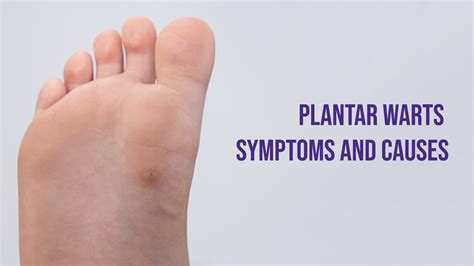
In conclusion, plantar warts can be a frustrating and painful problem, but there are many self-care tips that can help to manage and even eliminate them. By practicing good foot hygiene, using over-the-counter treatments, and trying home remedies, you can help to reduce the discomfort and promote healthy, happy feet. If you experience persistent pain or discomfort, or if the wart is large or bleeding, it's essential to seek medical attention. By taking proactive steps to care for your feet and prevent the spread of the virus, you can help to reduce the risk of infection and promote healthy, happy feet.
We invite you to share your experiences with plantar warts in the comments below. Have you tried any self-care tips or home remedies that have helped to manage your plantar warts? Do you have any questions about preventing the spread of plantar warts or seeking medical attention? Share your thoughts and let's start a conversation about promoting healthy, happy feet.
What are the symptoms of plantar warts?
+Plantar warts can cause pain, discomfort, and rough growths on the bottom of the foot. They can also cause bleeding or discharge if they become irritated or infected.
How can I prevent plantar warts?
+Preventing plantar warts involves practicing good foot hygiene, avoiding direct contact with an infected person, and not sharing personal care items. You should also wear shoes or sandals in public areas and avoid walking barefoot.
What are the treatment options for plantar warts?
+Treatment options for plantar warts include over-the-counter treatments, such as salicylic acid or cryotherapy, and surgical removal. Your doctor may also prescribe medication to help manage pain and discomfort.
